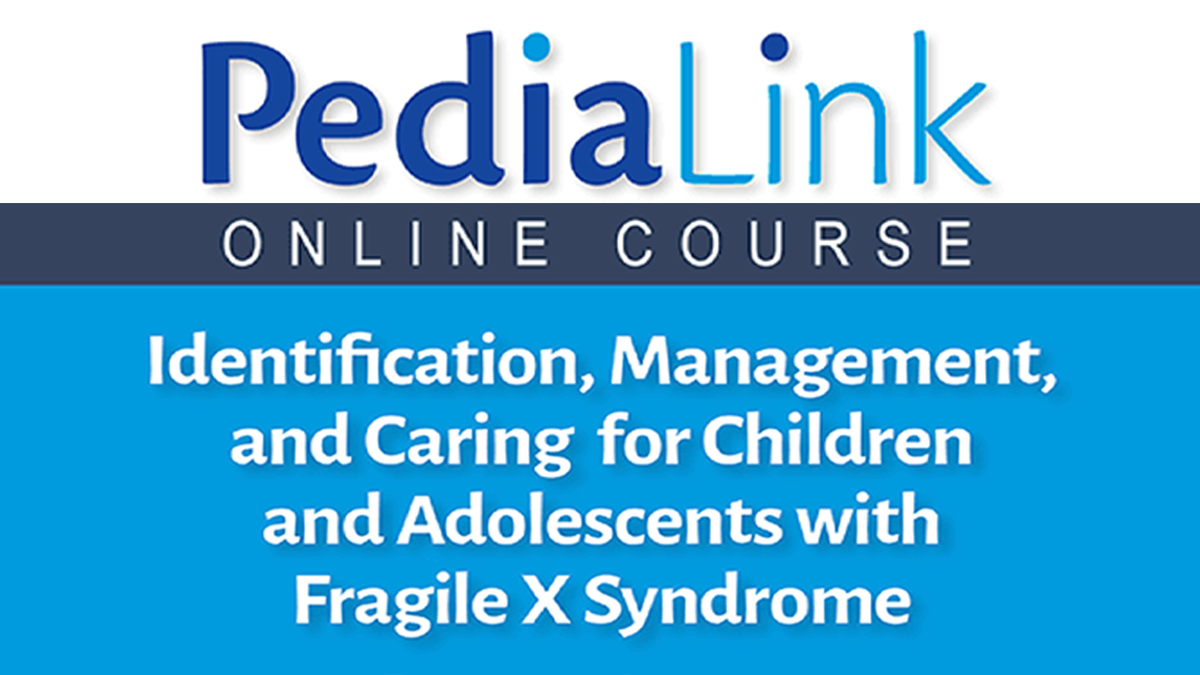What to know
CDC and the American Academy of Pediatrics (AAP) joined forces to debunk common myths about fragile X syndrome (FXS).

Myths vs Facts: FXS

Addressing misperceptions about FXS is the focus of the FXS Myth Buster information handouts published in AAP News, the monthly magazine of the American Academy of Pediatrics (AAP). One version of the FXS Myth Buster handout has myths and facts written for pediatricians, and a second version has these same myths and facts written for pediatricians to give to their patients' families.
This collaboration between CDC and AAP was part of CDC's work to develop the tools that healthcare professionals and families need right now to better recognize and understand FXS.
Fragile X Syndrome Diagnosis—Myth vs Fact
- Having a diagnosis can help you find behavioral treatments, medications, and educational services which may help your child. A diagnosis can also help you connect with support groups of other families in the same situation.
- A diagnosis allows pediatricians to screen for and treat medical and behavioral symptoms that can occur in children with fragile X syndrome (FXS).
Fragile X Myth Busters
Uncover more myth-busting facts and find PDF handouts on FXS for families and healthcare providers to share or post.
More FXS Facts for Families and Healthcare Providers
The public health need
Children with FXS who have not been diagnosed may show signs of intellectual or developmental disability. Their families often visit many doctors before receiving the genetic testing needed to diagnose FXS. This delay can create emotional stress and become a financial burden for families. The sooner children are diagnosed with FXS, the sooner they can benefit from care and services. Since FXS is an inherited condition, a child's diagnosis may lead to a diagnosis in other family members who could also benefit from care and services.
What CDC is doing
CDC has met with parents of children with FXS, healthcare professionals, researchers, and representatives from FXS patient organizations. Meeting participants identified two areas that need improvement: awareness of FXS among healthcare providers and improving early and accurate diagnosis. CDC then worked with AAP to learn what pediatricians felt they needed to address these two areas.

CDC and AAP developed materials to address increasing awareness of FXS among pediatricians:
- FXS Myth Buster handout for providers

- Free AAP PediaLink virtual training on FXS
Through this work, CDC's collaboration with AAP created tools to help pediatricians decrease the length of time from suspecting developmental delay to getting the correct genetic test and determining the diagnosis of FXS.
